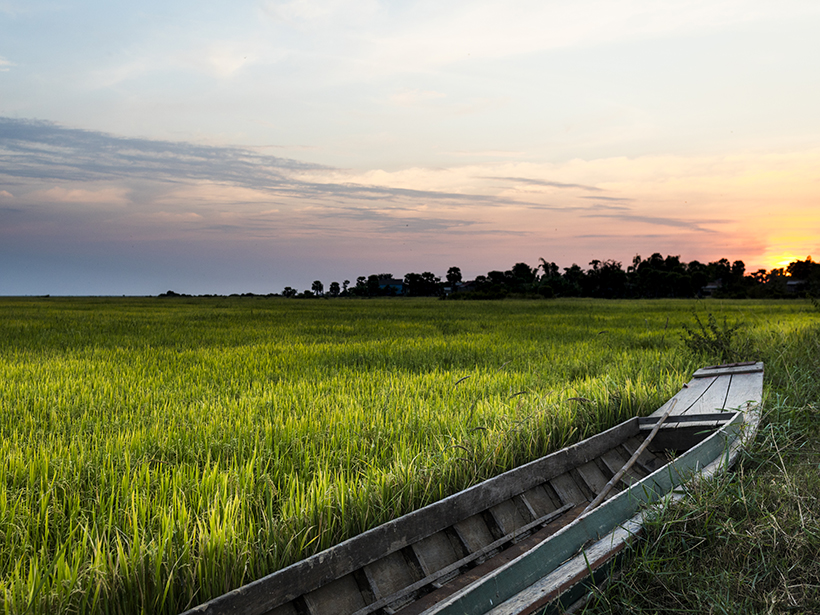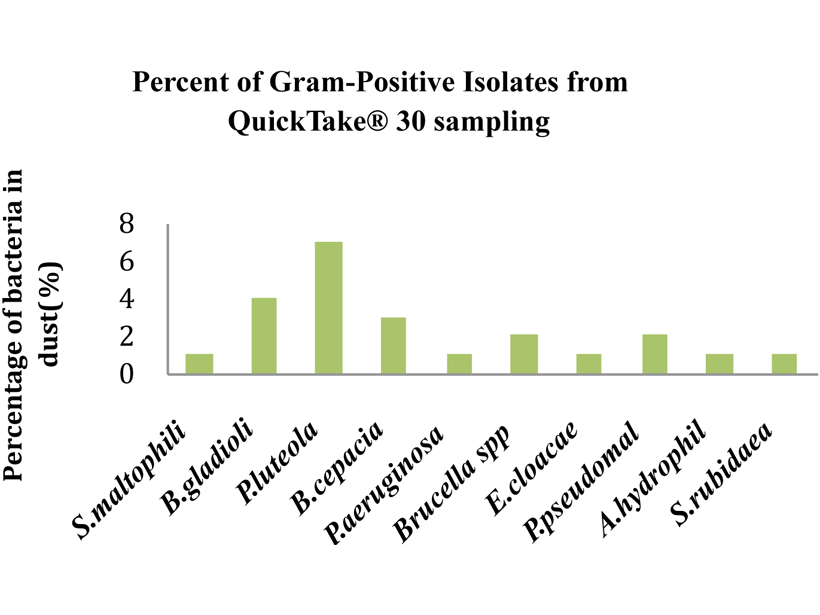Greenhouse experiments reveal how higher temperatures act to elevate arsenic levels in rice and may help focus efforts to solve a crisis threatening food systems around the world.
bacteria & microbes
Chemical-Shuttling Bacteria Follow Earth’s Magnetic Field
Magnetotactic bacteria shunt sulfur, nitrogen, and other important elements between oxygen-poor and oxygen-rich waters.
¿Podría la Vida Estar Flotando en las Nubes de Venus?
Si están presentes, los microbios podrían explicar patrones de evolución en la atmósfera planetaria de Venus, al observarse con luz ultravioleta.
Most of the Arctic’s Microscopic Algae Are Chilling Under Ice
New research reveals that tiny single-celled organisms in the Arctic Ocean are growing more numerous as climate change thins the ice.
Mars 2020 Team Using Australian Rocks in Search for Life on Mars
Scientists are investigating evidence of ancient terrestrial microbes preserved in Australia as well as mineral maps derived from Mars orbiter data to shed light on how to search for life on Mars.
Desert Microbes Mine for Water
Scientists studying a cyanobacterium isolated from rock samples in the Atacama Desert found out how the bacteria extract water to live. Their results may help identify likely sites for life on Mars.
Dangerous Bacteria Catch a Ride on Saharan Dust
Saharan dust events can spread bacterial pathogens over long distances, but we may be able to predict the human health risk from exposure.
Deepwater Horizon: La Plataforma Petrolera y el Surgimiento de las Técnicas Ómicas
Las técnicas de genómica microbiana llegaron a su madurez después del derrame de Deepwater Horizon, ofreciendo a los investigadores una visión incomparable de cómo los ecosistemas responden a tales desastres ambientales.
Shedding New Light on the Nitrogen Cycle in the Dark Ocean
Researchers find that the key players in nitrification may already be known.
How Will Climate Change Affect Arctic Stream Slime?
Rising temperatures and thawing permafrost will change nutrient concentrations in Arctic waterways, which will influence the growth of biogeochemically important biofilms.










